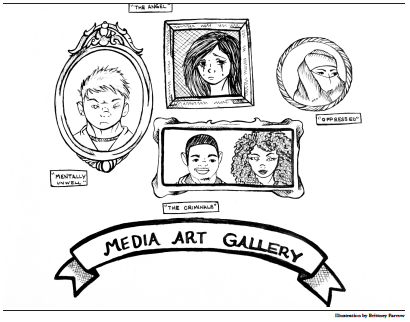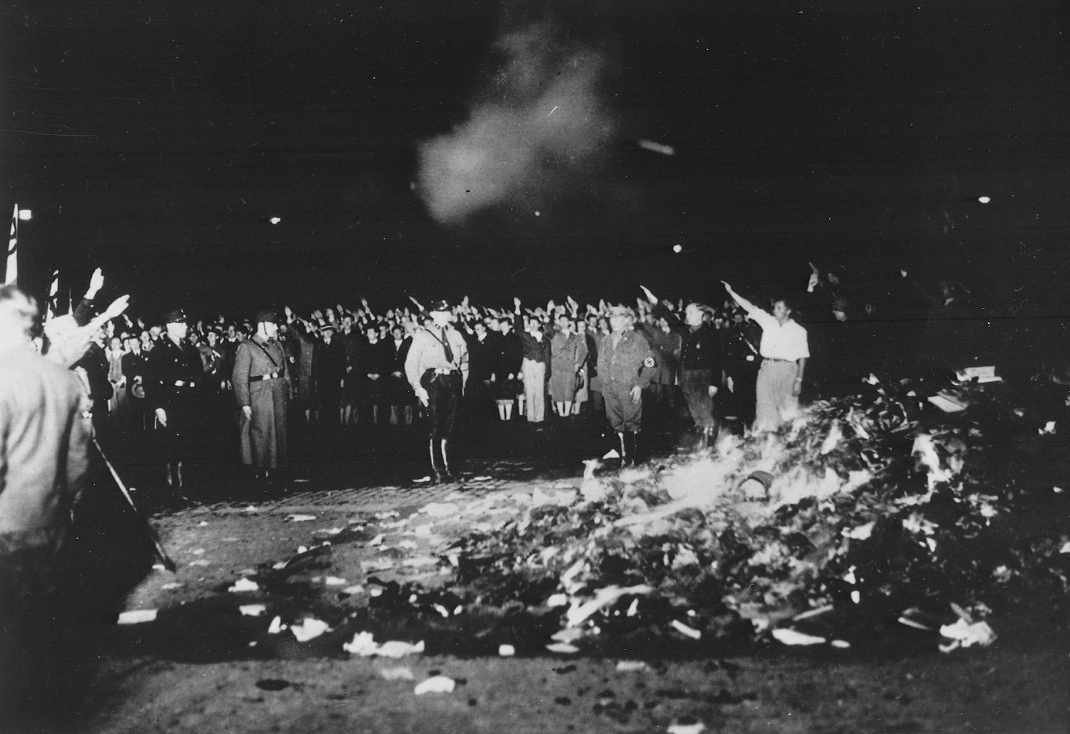Reflecting on the myth that is journalistic integrity
 By: Brittney Farrow
By: Brittney Farrow
Opinions Writer
“Journalistic integrity” – two words I hear quite often. Ever since I started writing for newspapers when I was fifteen, I have heard that phrase come out of the mouth of all of my peers at least once. They say it like it is something sacred and untarnished; a romantic, fantasized notion that has stood the test of time. Well, it has not. Journalistic integrity does not exist; it is as commonplace in our modern media as Old Hollywood and VHS tapes. If there was such a thing – a moral code followed through and through by every person who dared to call themselves a journalist – then the content we allow to shape our opinions would look very different. I don’t know why, but it seems that every audience assumes that newspapers and televised broadcasts deliver information to them with the best intentions. That in every workplace, there is a White Knight of journalism, dedicated to writing only the truth for a public who deserves the best. We – as a society – need to stop making these assumptions. We need to stop assuming that the facts we are being force-fed on a daily basis are pure and holy. Chances are, they are anything but.
The truth is, there is always motive behind every story, whether the journalist intends for there to be or not. While many journalists – myself included – try to minimize the amount of subconscious opinion ingrained into a segment, rarely are we successful. Unfortunately, bias is not always so easy to spot; due to the nature of how we retain information, many journalists are set up for failure from the get-go. Networks are funded by wealthy people with their own opinions and agendas; papers and magazines are produced with an angle in mind. That affects the environment of the newsroom drastically. It impacts what stories are picked up and which ones are not; it determines who writes what, and how.
A good example of this is to note how the media handles cases of violence related to young people. When young adult men, in particular, make headlines everything about them – from their race, age, education, family life, etc. – is cherry-picked and assembled into a singular public image that can be presented to readers and viewers everywhere. If a source wants to paint this person as a saint, they will discuss this person’s “sweet nature” and talk about that time in fifth grade they volunteered at a soup kitchen. If they want the audience to go against their person of interest, they will talk about anything else – like family issues and what kind of “sketchy” neighborhood the person lived in at one point, and the possible contacts they could have made while there.
A year ago, when Mike Brown was shot in Ferguson, the media immediately turned their back on him. Whether or not he was innocent is not the topic of this piece. Instead, I would just like to note that merely days after he was killed stories about him ran in every paper in the country, and his picture was on every channel. “The New York Times” – one of the most reputable papers in our country – said that he was, “no angel”. Across the continent, journalists from every possible alignment wrote article upon article trying to justify his death. He was “under the influence”; he was “a thug”. Years earlier, in 2012, the same thing happened to Trayvon Martin – an unarmed African American teenager shot by a member of a Florida neighborhood’s watch.
Conversely, young white men have been in the news for violence on a larger scale several times in the past few years, and yet they rarely receive the same treatment. In 2014, Elliot Rodger – a wealthy college student in California – killed seven people, himself included. In a written “manifesto” and a video he published on Youtube, 22-year-old Rodger claimed that his murder spree was the result of years and years of being rejected by women, and that he wanted to punish them for their “grotesque injustices” against him. Despite making his intentions public, after the incident he was – surprisingly – not entirely chastised. News outlets questioned his mental stability; some even claimed that his actions were not the result of a man who felt entitled to women and their bodies, but the consequences of “untreated” social anxiety and Asperger’s. For the thousands of Americans with mental illnesses, this should have been a slap in the face. While society normally insists that people with mental illnesses try to “overcome” theirs, Elliot Rodgers was being excused from his actions for a condition he may or may not have suffered from.
Similarly, when James Holmes walked into a movie theater in Aurora, Co. and killed 12 people – resulting in the largest and most violent massacre in the state since Columbine – he was reprimanded peacefully. As soon as he was placed on trial, reports came flooding in claiming that he was mentally unwell – a victim to severe schizoaffective disorder.
There are many, many more cases similar to these ones. Regardless of the fact that pre-meditated murder is a much more severe offense then the possible assault of a police officer (or in George Zimmerman’s case, a member of the Neighborhood Watch) one subset of young men were treated with certain vindictiveness while the others – despite generally being regarded as “bad” – were almost excused from their horrible crimes at a first moment’s notice.
It is important, as a collective society, that we recognize how easily our attitudes towards certain groups of people and towards certain topics can influence our perception of current events. While news is supposed to be factual and honest, the ideals and opinions of the journalist presenting such stories can often be found underneath the surface. The more we are aware of our own bias, the more easily we can spot it within the media. It is our responsibility as citizen to read up on current events and absorb the information with dedicated interest, while also being able to make distinctions between fact and embellishments. As far as I am concerned, journalistic integrity is the stuff of legends. You can find it right next to Bigfoot and Nessie, should you try and go looking for it.










